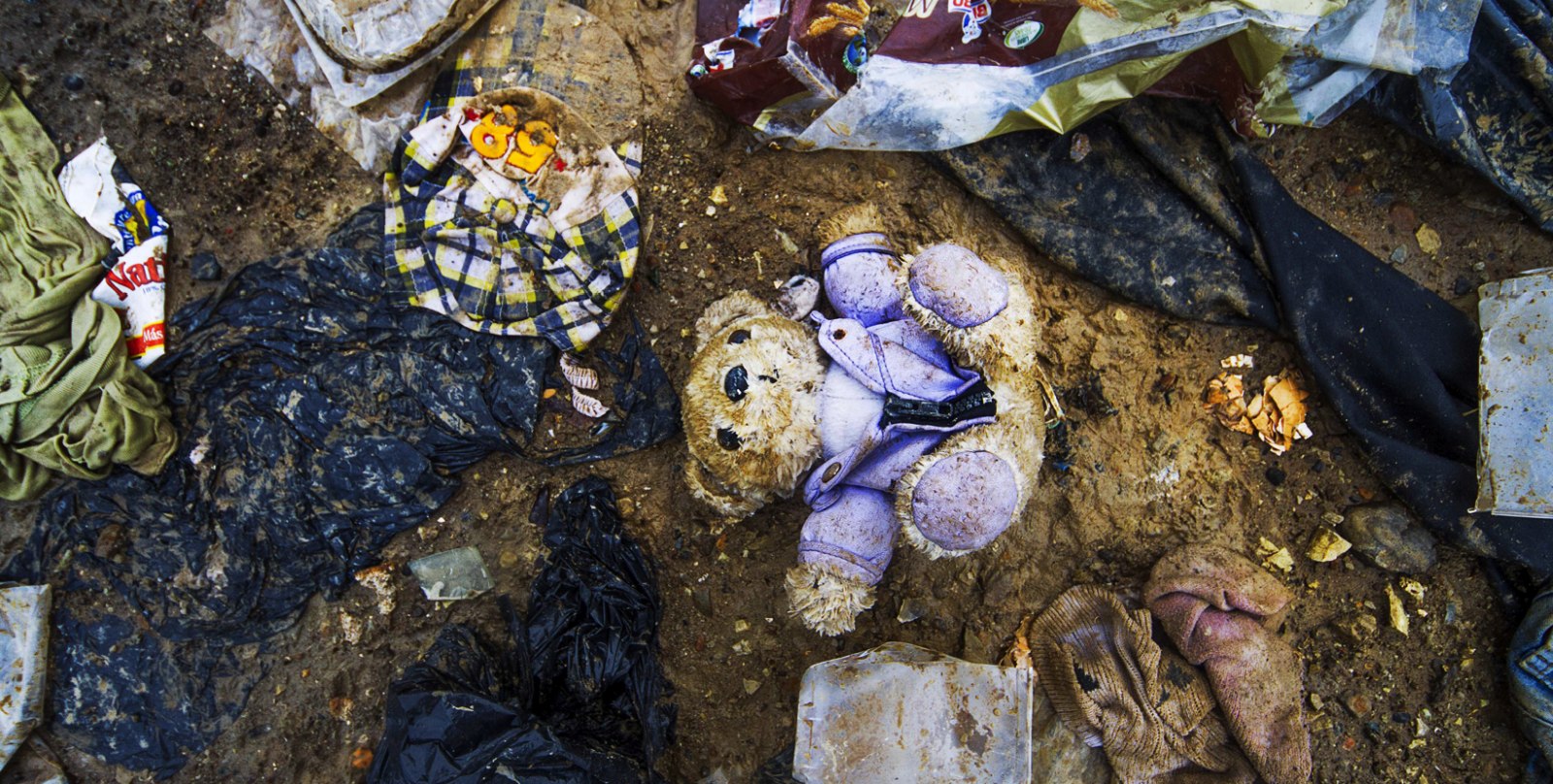
On Thursday, March 20, the new recycling center and the garbage dump in Nosara were swarming with officials sent directly by the Minister of Health, Dr. Daisy Corrales Díaz, as a result of efforts from the Nosara Recycling Association to solve the district’s garbage problems.
Among the visitors were Olga Segura Cardenas, coordinator of Integral Solid Waste Management with the Administration of Human Environmental Protection, Viviana Alvarez Barquero, executive director of the Federation of Municipalities of Guanacaste (FEMUGUA) located in Cañas, Taemoon Son, a Korean expert in solid wastes, and Koishido Yamato, a Japanese expert in electronic wastes, as well as Zinnia Cordero, regional director of Health for Nicoya.
During the visit, Segura instructed members of the Nosara Recycling Association to make a district plan for development and waste management since they haven’t been included in the municipal plan, something the association was not aware that they could do. However, Monteverde is an example of a district that has its own plan. Segura assured that it is not difficult and estimated that they could do it in a matter of two to three months.
Alvarez explained to The Voice that each municipality has to present to the General Comptroller of the Republic a development plan that includes aspects such as waste management. A district plan would essentially be the same thing, a development plan for the district that includes details such as where and how solid wastes are treated, and this plan is necessary in order to seek funds from any government entity. Alvarez is helping to obtain funding for training to facilitate the creation of a district plan for Nosara.
Jessica Sheffield Zamora, vice president of the recycling association, explained that they have communicated with Nicoya’s Municipal Council and the mayor’s office, trying to arrange for the municipality to assume responsibility and take over ownership of the land where the garbage dump is located, which is currently owned by the Nosara Civic Association. However, they were told that they would not receive municipal help until after Nicoya’s garbage problem is resolved, which is not likely to be soon.
Segura told the association to present the issue immediately to the National Environmental Technical Secretary (SETENA- Secretaría Técnica Nacional Ambiental), as well as the Office of the Ombudsman (Defensoría de los Habitantes).
She encouraged them not to let the municipality slow or stop them. “You are yielding a property to the municipality and asking that they take care of your health,” she affirmed.
Looking around, swatting away flies, Segura said she was thinking of worst case scenarios that could be tragic, such as if a chemical product ended up in the dump unknown to them and would be carried by the wind.
Members of the recycling association told her that the town of Nosara is only about 500 meters away. They also mentioned complaints from people working at the recycling center regarding health problems related to inhaling fumes produced by people at the dump burn things like cables in order to remove the copper inside.
Cordero, the regional director of health, told them to send her specific details in writing about the burning activity.
For her part, Cordero said that the last time she visited the Nosara dump was a year ago and she found it much improved due to the organization of the recycling center, although she reiterated that the state of the dump is still “atrocious”.
“We requested that the Minister [of Health] intervene,” Cordero said. “Now at least with the visit of these people, something is going to happen.”







Comments